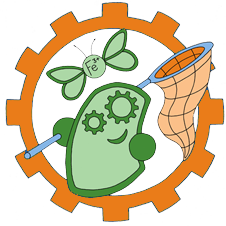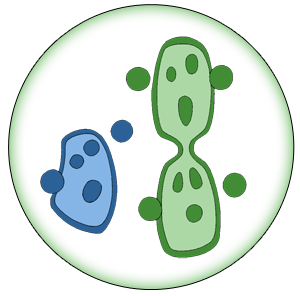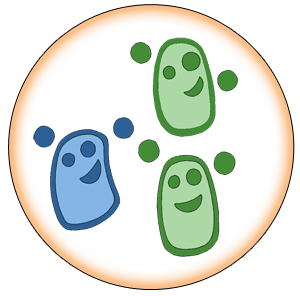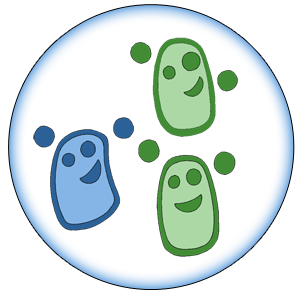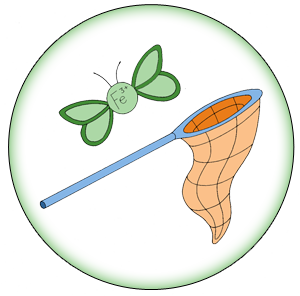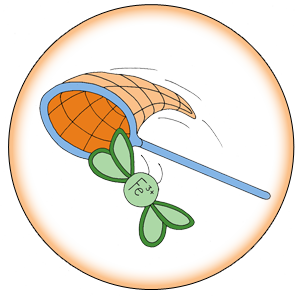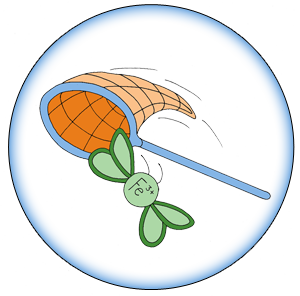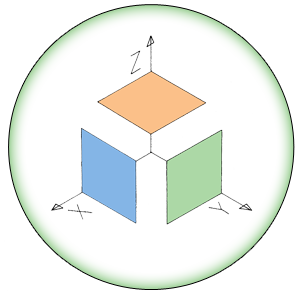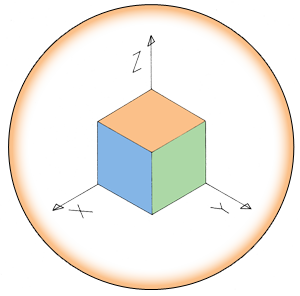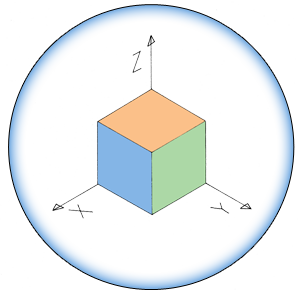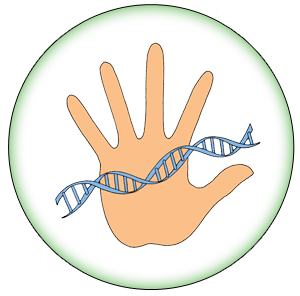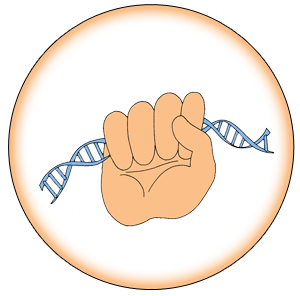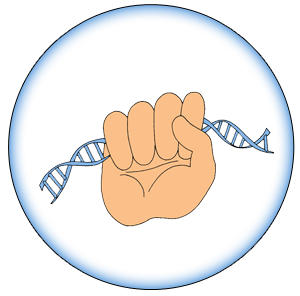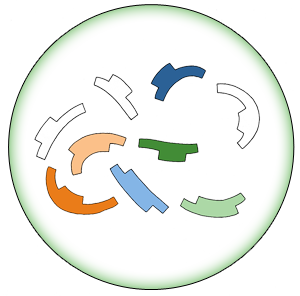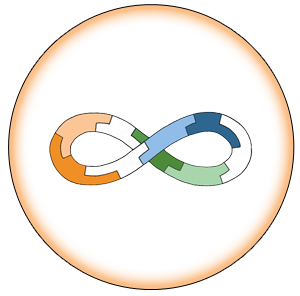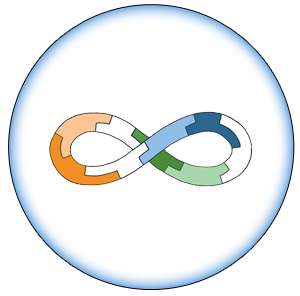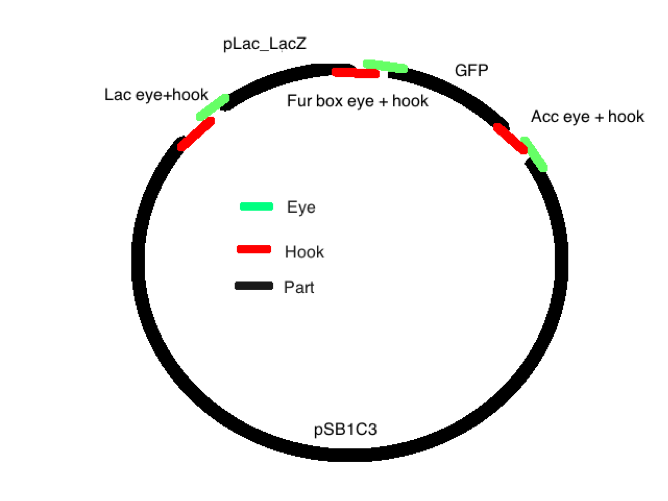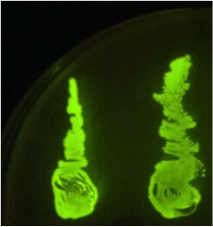Team:Edinburgh/GenBrick/GenbrickAction
From 2013.igem.org
| (One intermediate revision not shown) | |||
| Line 3: | Line 3: | ||
<div class='content'> | <div class='content'> | ||
| - | + | <h3>Fur box GenBrick assembly</h3> | |
Latest revision as of 20:09, 4 October 2013
Fur box GenBrick assembly
Using the protocol found in the appendix, a 3-part construct was assembled with an acceptor vector pSB1C3 (BBa_K1122009), a Lac promoter and truncated gene called PLac_LacZ (BBa_J33207) optimised for GenBrick and a fluorescent protein, GFP (BBa_K1122004) (Figure 1). The aim was to test an inverted repeat sequence known as the fur box. When internal concentrations of iron are high within a cell, the Fur protein binds to the fur box and represses the gene upstream from it. The consensus sequence for the fur box is ‘TGATAATAATTATCA’. The eye and hook linkers between PLac_LacZ and GFP were engineered to have a fur box, an RBS and a start codon.
Spacer with STOP-Fur box-RBS-START
.........................STOP.......................Fur-box..................RBS..........................START...............
5’GCCCCAAGTTAATCATGATAATAATTATCAAGGAGGTGGAGCGGTATGGGTAGT...3’
Hook Long 6: 5’GCCCCAAGTTAATCATGATAATAATTATCAAGGA3’
Hook Short 6: 5’ATCATGATTAACTTGG3’
Eye Long 6: 5’CGAACTACCCATACCGCTCCACCTCCTTGATAATTATT3’
Eye Short 6: 5’GGTGGAGCGGTATGGGTAGT3’
The other linkers that were used can be found in the database.
Figure 1. Fur box Assembly. Parts with their linkers. The acceptor vector is pSB1C3 and has a chloramphenicol resistance and an RFP reporter. ‘Acc eye + hook’ stands for acceptor vector eyes and hook. The eye and hook linker between PLac_LacZ and GFP was engineered to have a fur box.
The assembly was used as part of the WastED project of EdiGEM 2013. Two transformations were made and plated on IPTG + chloramphenicol plates and left overnight. In one plate, 4 out of 9 colonies were fluorescent; the other five had religated and were red. The other plate had a success rate of 8 out of 20 (the competent cells were concentrated x10 before plating). Figure 2 shows the assembly fluorescing under UV when no iron was present and Figure 3 shows the gel of restriction-digestion gel using PstI and XbaI.
|
Figure 2. Fur box Assembly. After transforming competent cells with the assembly and leaving overnight on an IPTG + chloramphenicol plate, 2 green fluorescent colonies were restreaked. A gel was performed to show the parts had correctly assembled. |
Figure 3. Fur box digest. On the left is the ladder, the first column is the undigested assembly which shows only one band (the second lower band is an artifact due to leakage). The second column contains the digested assembly. The size of PLac_LacZ + linkers + GFP was correct. |

| 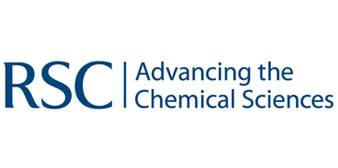
| | | | 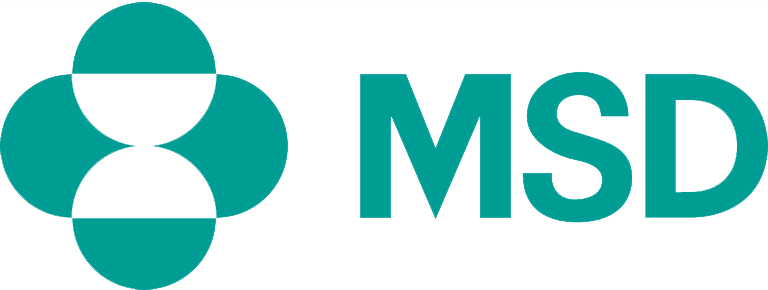
|
| This iGEM team has been funded by the MSD Scottish Life Sciences Fund. The opinions expressed by this iGEM team are those of the team members and do not necessarily represent those of MSD | |||||
 "
"

